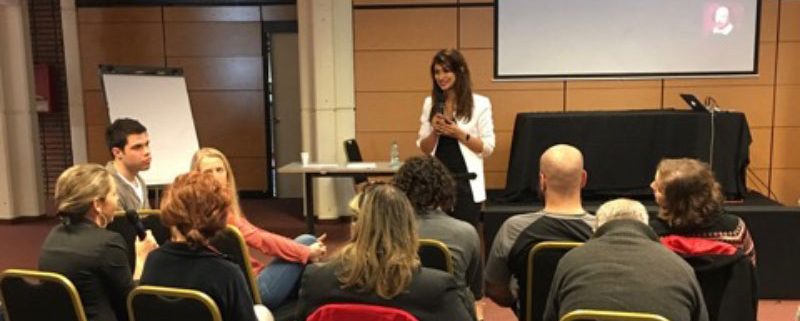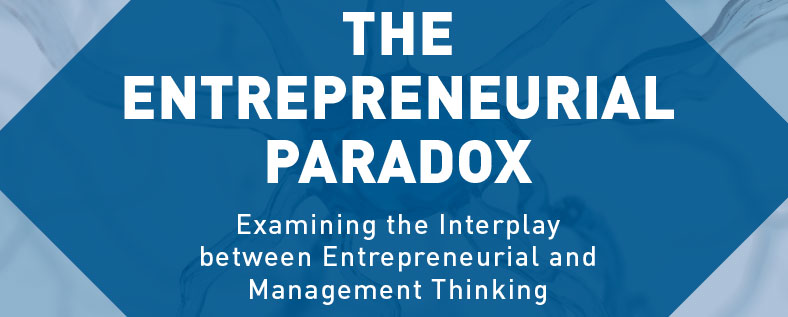Camels, tigers and unicorns – a panel debate at St Johns Innovation Centre, Cambridge
A book title with animals conjures up immediate perceptions of characteristics that business must reflect in order to be categorised as one of these. At the event held at St John’s Innovation Centre this week, the authors explained the rationale behind it in the context of investment and commercialisation of technology. Uday Phadke and Shailendra Vyakarnam introduced their theoretical framework based on empirical data on Chasm I, II and III. They identified Chasm one as transitioning from product or service to working prototype, Chasm II the transition to fully functional product or service with a sustainable business model and Chasm III the move from early adopters to upscaling with a larger number of customers.
After introductions, the floor was swiftly opened for questions from entrepreneurs, researchers and interested parties. There were several key questions that the panel, Chaired by David Gill, and consisting of the authors; Bryan Amesbury (Co-Founder & COO, SwiftServe); Clifford Dive (Strategic Technical Innovation Consultant) and Dr Lianne Taylor, (Rootbind), attempted to answer stimulating an enjoyable debate:
• Why is talent and leadership considered less important in Chasm I?
• How does one analyse what happened in previous Chasms when the business has moved into the next?
• How does a business work out which Chasm they are in?
• All that data is fine but how do academics engage with businesses to transfer this knowledge?
Six key messages to draw out from the panel discussion are:
• Identifying the Chasm for your business will help to reduce uncertainty;
• Moving to the next Chasm is not a linear process – business do not move neatly through different stages of growth, they iterate and assess constantly;
• Depending on the technology and external circumstances, regression into previous Chasms is possible;
Growth definitions are not restricted to sales numbers, the quality and smaller numbers providing higher value are significant;
• That academics can do better at engaging with business, and events like this contribute to real knowledge transfer;
• That assessing which Chasm a business is in can be challenging, but engaging in debate and getting external help is available. Where the business gets the most valuable help from is dependant on its growth stage and size.
Many important issues related to entrepreneurial business growth in science and technology led businesses were not covered due to lack of time. Crucially, the debate highlighted the massive ‘Chasm’ that exists, and the important nature of bridging the gap between academic research and entrepreneurs, through use of accessible discourse and business led needs.






